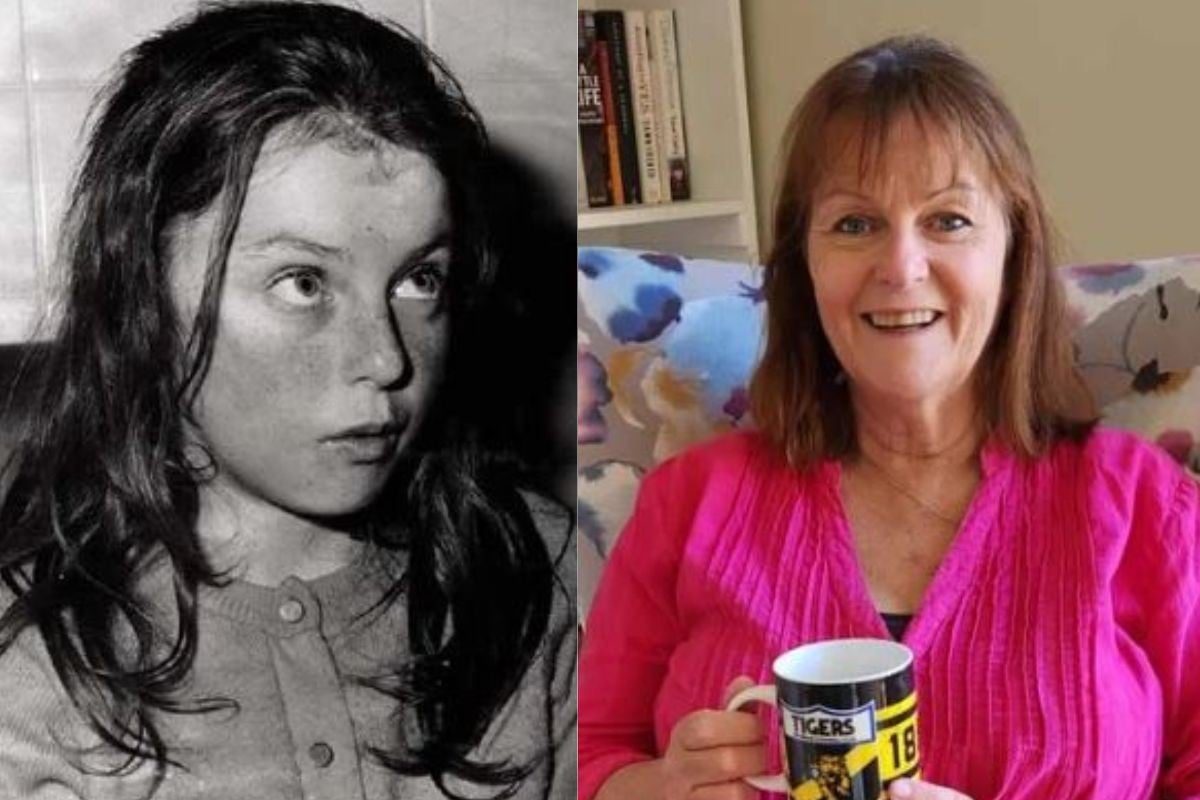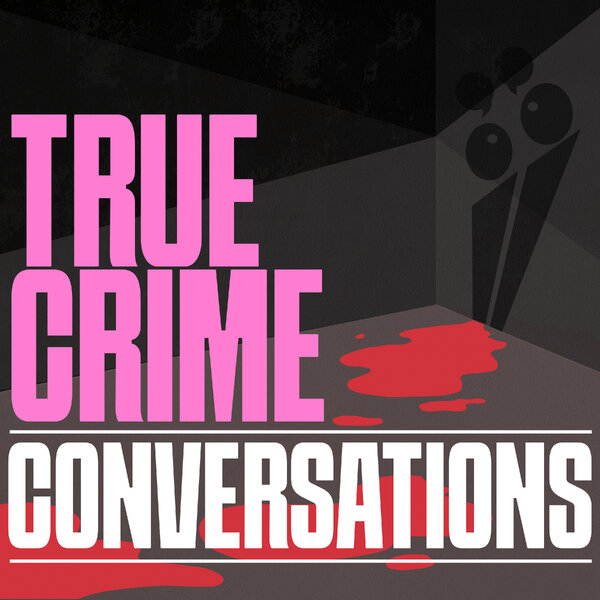
It was a Friday afternoon in October 1972, and Robyn Howarth and the five other students at school that day were playing musical chairs.
The children at Faraday Primary School in rural Victoria were having the time of their lives inside their classroom, as the weather outside was chilly and wet. Their young teacher, Miss Gibbs, had agreed to let them play indoors.
But the children's laughter would soon be replaced by terror, when two strange men appeared at the classroom door.
One of the men wore a balaclava over his face, while the other had a wig, hat and dark sunglasses. As 10-year-old Robyn turned to the classroom door, she noticed something particularly alarming, one of the men was carrying an enormous gun, aiming it directly at them.
Watch: Robyn Howarth on the Faraday kidnapping. Post continues after video.
"The little girl remembers thinking, why would you wear sunglasses inside? That's an odd thing to do," Robyn told Gemma Bath on Mamamia's True Crime Conversations podcast, speaking about herself in third person.





























































































